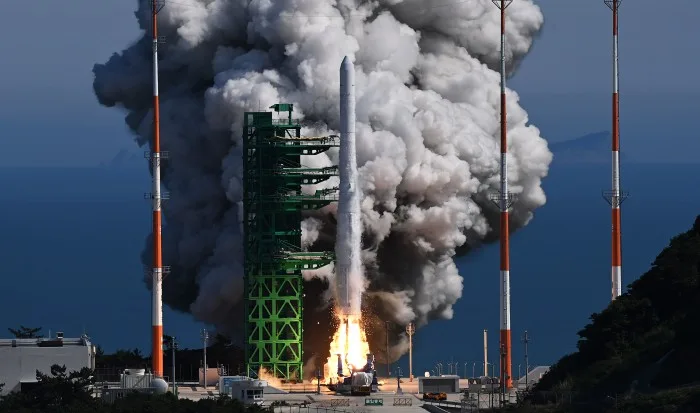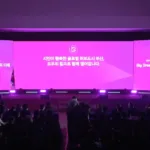The controversy surrounding the formation of the Korea Aerospace Administration (KAA), Korea’s equivalent to NASA, continues to escalate. The Ministry of Science and ICT (MSIT) is advocating for the passage of the ‘Special Act on the Establishment and Operation of the Korea Aerospace Administration’ and aims to launch the organization by the end of the year. However, the proposal faces significant obstacles, with suggestions such as creating a separate, independent, and ministerial aerospace administration.
South Korea plans to launch the independent Korea Aerospace Administration to assume full control of state-led space programs and aeronautics research by the end of this year. The Ministry of Science and ICT announced the enactment of a special law to establish the national aeronautics administration, similar to the U.S. National Aeronautics and Space Administration (NASA). The ministry said it would seek parliamentary approval in June and open the administration in December.
Under the new law, the Korea Aerospace Administration will lead the country’s space program, aeronautics research, and space research, including moon and Mars exploration projects. The administration will recruit top space experts and researchers both domestically and internationally, with foreign nationals eligible for positions within the organization, according to the Ministry of Science and ICT . The launch of the new aerospace administration is part of the South Korean government’s long-term plans to seek future growth momentum and make its presence felt on the world stage amidst fierce competition for space projects globally.
Until now, South Korea’s space projects have been led mainly by the government and the Korea Aerospace Research Institute. Since the first satellite KITSAT-1 in 1992, the country has sent numerous satellites into space. Last year, it conducted its first successful satellite launch using a domestically developed rocket, Nuri. South Korea also sent its first lunar orbiter, Danuri, last year in the country’s first space mission beyond Earth’s orbit to measure the terrain, magnetic strengths, gamma rays, and other characteristics of the lunar surface.
Despite these advancements, the formation of the Korea Aerospace Administration faces challenges, including criticism of the original intent and function of the organization and concerns about its location in Sacheon city, Gyeongnam-do Province. The Yoon Suk Yeol administration has promoted the KAA as a central hub for domestic space and aerospace policy, similar to NASA. However, the science and technology community has strongly opposed the location choice, arguing that it was based on ‘regional balanced development’ rather than the agency’s effectiveness or function.
The KAA’s organizational structure has also faced criticism. MSIT’s current proposal of a ministry-level organization is significantly smaller than the scale experts initially called for. This differs from the space agencies of many major countries, including NASA, which operate independently. There are concerns that the establishment of the KAA, intended to centralize space and aerospace policies spread across various ministries, will become an organization without a clear direction.
In the research field, concerns are growing about the departure of researchers from existing organizations like the Korea Aerospace Research Institute (KARI) and the Korea Astronomical Institute (KAAI). This could lead to a shortage in research personnel and difficulties in securing new staff. Although Sacheon City, Gyeongsangna-do Province, where the KAA will be built, is calling for the passage of a special law citing “local urgency” and “presidential campaign promises,” the enactment of a special law remains uncertain. The National Assembly has yet to propose an appropriate solution to these problems.



